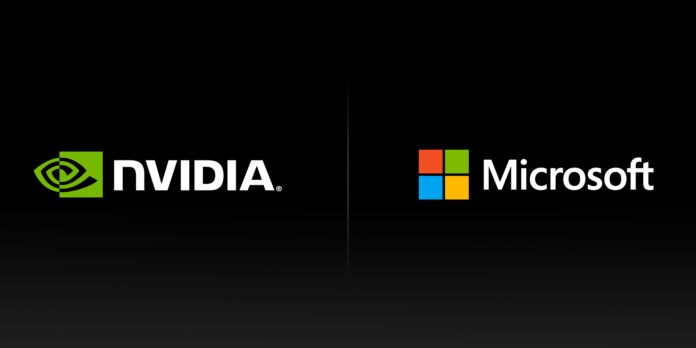Microsoft is rolling out the most powerful AI virtual machine series it has ever had on Azure. Known as the ND H100 v5 VM, this is an on-demand AI VM available in different sizes from just eight to thousands of connected GPUs. And those GPUs are Nvidia H100 series chips that are interconnected by the Nvidia Quantum-2 InfiniBand.
This is the result of Microsoft and Nvidia’s virtual machine partnership that was announced last November. As part of the collaboration, Nvidia uses Microsoft’s virtual machine instances while the supercomputer is based on the Microsoft Azure cloud platform.
It also uses the H100 and A100 data center GPUs from Nvidia, as well as the company’s Quantum-2 InfiniBand platform for networking. Combining technology from both companies allows enterprises to access a full AI suite to train, scale, and deploy the latest machine learning models.
“Delivering on the promise of advanced AI for our customers requires supercomputing infrastructure, services, and expertise to address the exponentially increasing size and complexity of the latest models. At Microsoft, we are meeting this challenge by applying a decade of experience in supercomputing and supporting the largest AI training workloads to create AI infrastructure capable of massive performance at scale.”
ND H100 v5 VM Features
- 8x NVIDIA H100 Tensor Core GPUs interconnected via next gen NVSwitch and NVLink 4.0
- 400 Gb/s NVIDIA Quantum-2 CX7 InfiniBand per GPU with 3.2Tb/s per VM in a non-blocking fat-tree network
- NVSwitch and NVLink 4.0 with 3.6TB/s bisectional bandwidth between 8 local GPUs within each VM
- 4th Gen Intel Xeon Scalable processors
- PCIE Gen5 host to GPU interconnect with 64GB/s bandwidth per GPU
- 16 Channels of 4800MHz DDR5 DIMMs
Tip of the day: For the most part, Windows apps are stable, but they can still be still thrown out of whack by updates or configuration issues. Many boot their PC to find their Microsoft Store isn’t working or their Windows apps aren’t opening. Luckily Windows 11 and Windows 10 have an automatic repair feature for apps that can resolve such issues.




